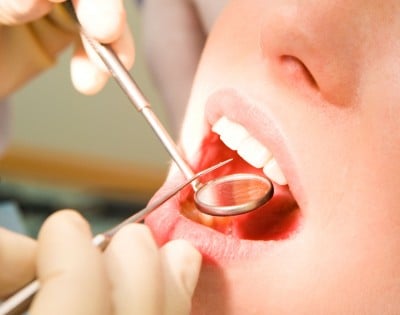Leicester Dentist Highlights Oral Cancer Risks

A dentist from Leicester is raising awareness of oral cancer by writing about the disease in the local press and answering reader questions.
Dr Adam Patel is using the local paper to inform people about the causes and symptoms of oral cancer. Despite the fact that oral cancer has become much more prevalent in the UK in the last ten years, public awareness of the disease remains relatively poor, according to surveys and polls conducted by dental health organisations.
Dr Patel said that it is important that people are aware of the disease so that they can adapt their lifestyle choices to reduce their risk of developing oral cancer, as well as being able to spot the symptoms. Unfortunately, many people in the UK are unaware of the signs they should be looking out for and this is contributing to poor survival rates, as most cases are diagnosed at an advanced stage, where there is a high risk that cancer has already spread.
Adam warned that the major risk factors for oral cancer are smoking or chewing tobacco, drinking alcohol and exposure to the human papilloma virus. The main symptoms to look out for include abnormal lumps in the throat, which may cause difficulty with swallowing, red or white patches in the mouth and ulcers or sores, which take longer than 2 weeks to heal.
Like most forms of cancer, the earlier oral cancer is spotted, the higher the chances of survival, so Dr Patel recommends regular check-ups and seeing your dentist as quickly as possible if you do notice any of the symptoms listed above or any changes in the mouth. Dentists check for signs of oral cancer during a routine check-up and many practices also provide oral cancer screening, which is very quick and does not involve any pain.
Around 6,000 new cases of oral cancer are diagnosed in the UK each year and the number of cases has almost doubled within the last decade. The disease is more common in men and tends to affect those over the age of 40; however, there has been an increase in the number of younger people affected and this is thought to be due to increased alcohol consumption and the prevalence of the HPV (human papilloma virus).
Join this Discussion









